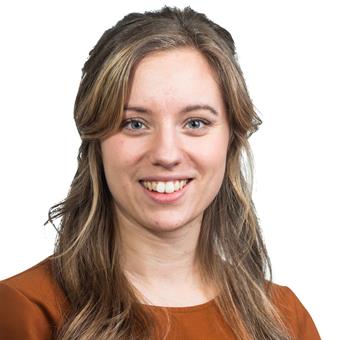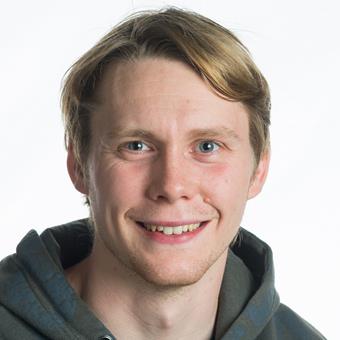Large quantities of data can be gathered from both stationary and moving sensors, for example, flow and speed detectors at the road side or GPS data from probe vehicles or mobile phones. The data is then cleaned, processed and analyzed. Cleaned data from different sources are fused in order to provide more robust and accurate insights. The insights from the data can either be used directly, used as input to traffic models.
The data sources used comes from many different types of sensors and locations. We are currently working with data from stationary radar sensors which measure speed and flow of traffic, GPS data from vehicles driving around urban areas, and mobile phone location data extracted from the mobile phone network. The insights from the analysis of the data are applied to the problem of estimating travel times for cars in urban areas, to generated input to traffic information systems, and for finding travel demand pattern for all available modes of transport.
In some of the projects, the output from the analysis is travel demand with all travel modes, for large areas, like a whole country. In other projects, data for a much smaller areas are analyzed, leading to more detailed insights in the specific area. One such research direction is the Stockholm Mobile Millennium framework, which uses data from around the highways in Stockholm as input to dynamic traffic estimation and prediction models, for predicting the flows and travel times.
The research in the area of Transport Analytics is often carried out together with stakeholders and funders from industry and society, for example, Ericsson, SICS – Swedish ICT, Stockholms stad, Trafik Stockholm, Vinnova and Swedish Transport Administration.
Location of the speed and traffic flow sensors on part of the highway network around Stockholm. The red dots indicate detectors where low speeds were measured.






